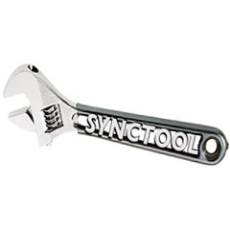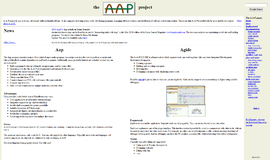
What is it all about?
synctool is a configuration management tool for working with clusters of computers. synctool copies configuration files to groups of machines in your cluster based on what groups (or classes) they are in. By doing so, it keeps the configuration on that group of machines synchronized (or, “in sync”). If needed, synctool will restart or reload any daemons as you wish. synctool can be easily extended to do other administrative tasks.
Key Features
* synctool integrates very easily into existing system adminstration practices as an add-on tool, specifically to do configuration file management. It does not interfere with other things and does not need much either: It is written in the Python language, and it uses the power of rsync and ssh to distribute files. * It is possible to use synctool in the style that suits you best: Warn you whenever things are out of ‘sync’ or do automated repairs of deviations. It is even possible to manage some files with synctool and leave other files to other mechanisms — what is not represented in the synctool repository is not managed by it. * Although synctool has many command-line options, its set of core functions is very small and easy to understand. There is not that much you need to know to use it, so there is virtually no learning curve to get you started with synctool. In addition, synctool simplifies things by working with the following concepts: * Some clusters are more homogeneous than others. To handle differentiation within a cluster, a host can be part of one or more logical groups; * Files are designated to a group by means of filename extension; * The ‘overlay’ directory tree contains the files that are ‘synced’ to the target hosts; * When certain files are updated, you will want to execute a script (e.g, to run 'service daemon restart'). synctool has a mechanism for this. You can make synctool more powerful by writing plugin scripts that run the commands you want whenever a particular file has been updated.
Compare Products
Select up to three two products to compare by clicking on the compare icon () of each product.
{{compareToolModel.Error}}














